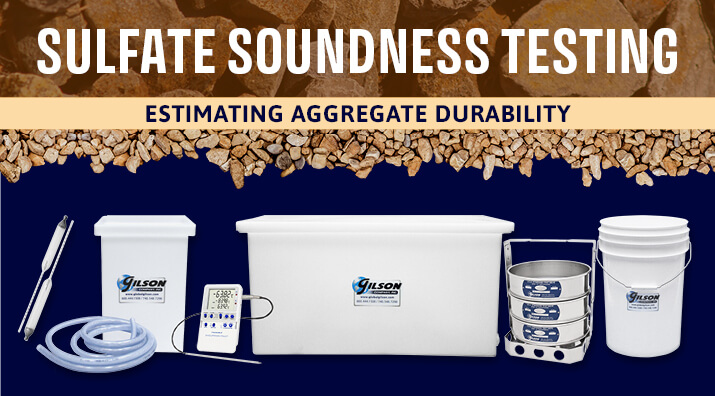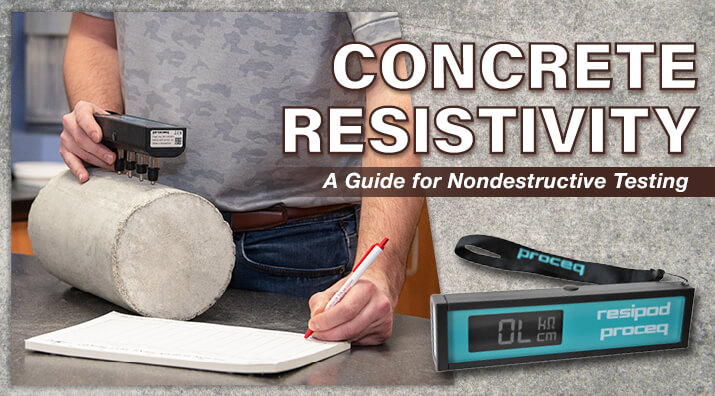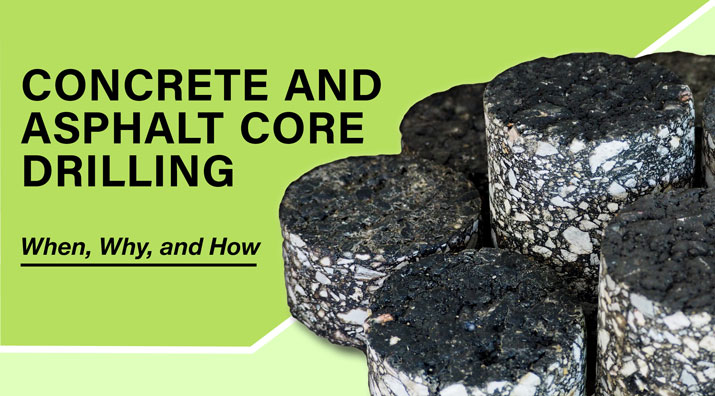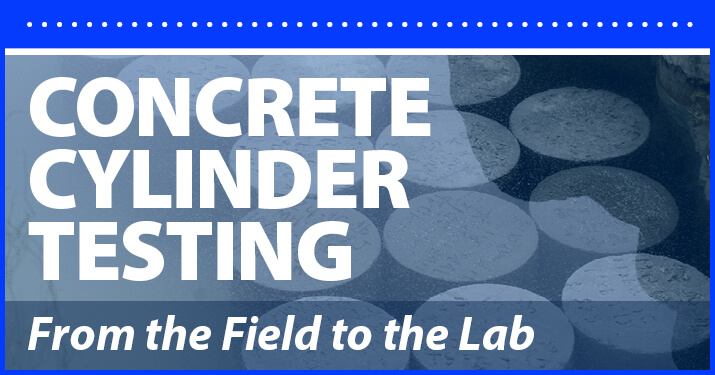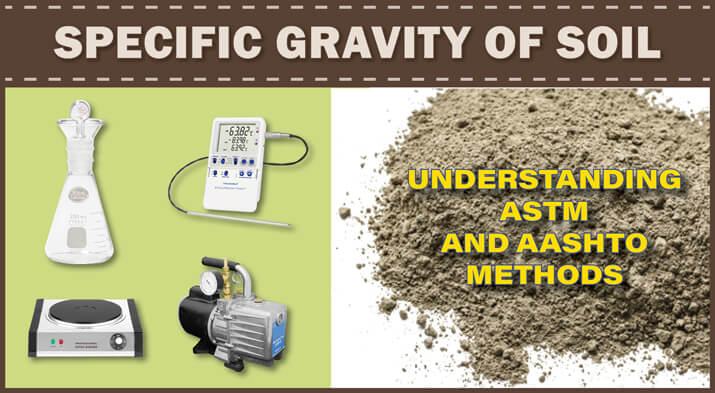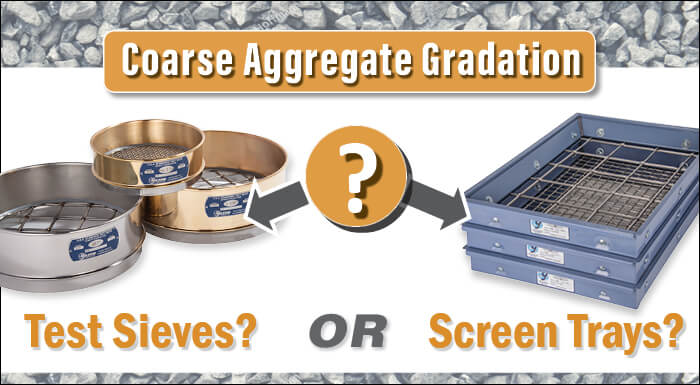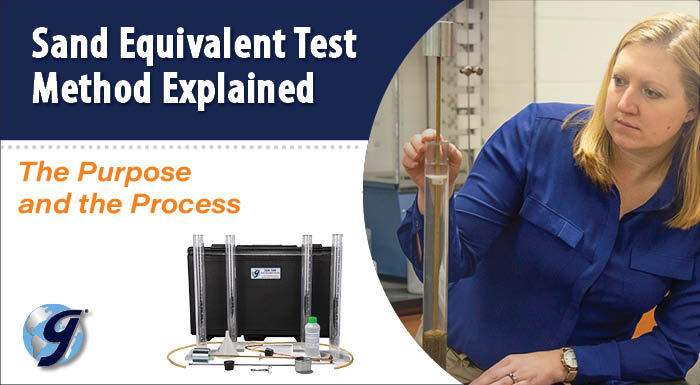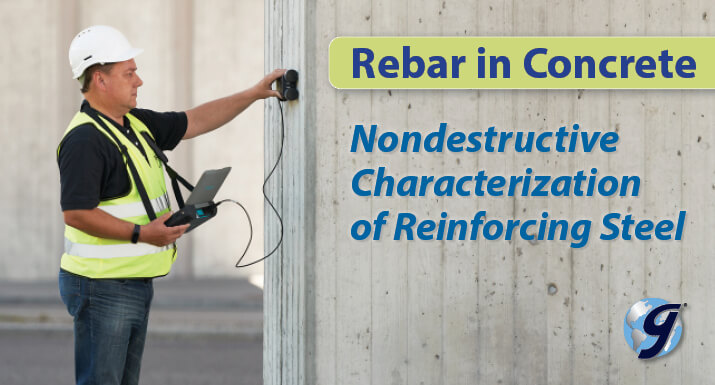Sulfate Soundness of Aggregate, procedures for this popular test method are straightforward. In this blog post, we will discuss why the soundness of aggregate is necessary, what the procedures are when using either magnesium or sodium sulfate, and what equipment is needed to perform the test.
- Log in
- Favorites List
-
Shopping Cart
You have no items in your shopping cart.
Blog posts tagged with 'Testing Insights'
Have questions about your materials testing equipment? We have the answers to these questions and much more right here! Check back monthly for long-form blog posts, how-to guides and infographics. We’ll address industry insights, the operation and maintenance of specific equipment, and our product line recommendations, all designed to better serve you.
Bookmark this page, add it to your RSS reader, or subscribe to our newsletter, so you never miss a hot topic.
This blog post provides insight into test methods and testing equipment for use in concrete resistivity testing. We discuss the use of the Proceq Resipod Concrete Resistivity Meter for surface resistivity and how to perform bulk resistivity.
The amount, type, location, and movement of moisture in a concrete slab need to be clearly understood to avoid problems when placing a flooring system over it. In this blog, we take a look at the various methods and equipment to use for testing concrete for moisture.
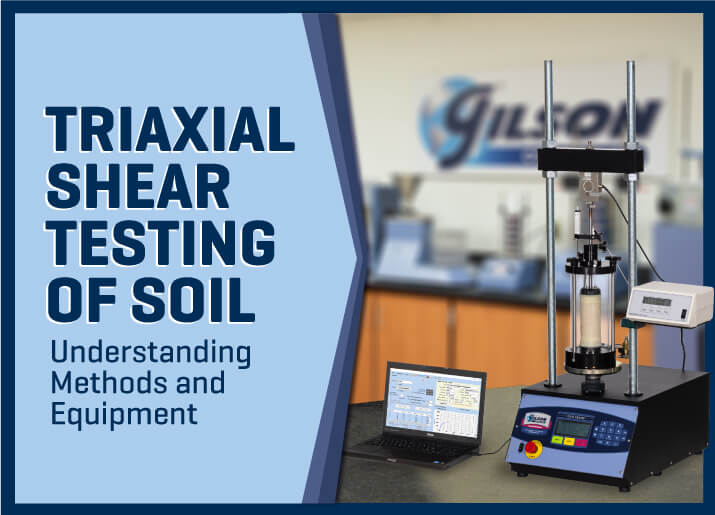
This month's blog discusses the triaxial shear test of soil. It focuses on three different test methods, all with variable requirements based on soil types and properties of individual specimens.
This blog post will focus on the core drilling method and the core sampling equipment. We discuss why and how core samples are taken from asphalt and concrete. Lastly, we touch on some of the different lab tests performed.
In this month's blog post we will focus on standard-cure cylinders made for compressive strength acceptance testing. Including the importance of cylinder testing, a quick guide on the procedure, and the equipment needed in the field and lab.
In this month's blog post we discuss the equipment and procedures that are used to perform the ASTM and AASHTO test method for Specific Gravity of Soil Solids.
Does the particle size analysis of coarse aggregates always require a testing screen with large screen trays? In a situation where larger testing equipment is not available, there may still be ways to get the job done. Using conventional round test sieves for large particle sizes is less efficient, but still acceptable if done properly. We discuss test requirements, sieve capacities, and tips to help with equipment selection.
Fines and dust in asphalt and concrete aggregates have always been a problem. Whether naturally occurring or resulting from degradation during handling and transport, undesirable or unknown amounts of fines can impact the performance and cost of composite materials. This blog post discusses the importance, process, and procedure.
Advances in technology continue to refine concrete cover meters and rebar locators, which have been around for decades and used to locate and identify concrete reinforcing steel accurately. They are integral to nondestructive evaluations of reinforced concrete structures and pavements to prevent damage to the reinforcing steel within the structure when drilling or cutting reinforced concrete. This blog post explores the features and capabilities of some of these popular instruments.
- 2025
- 2024
- 2023
- 2022
- 2021
- 2020
- 2019
- 2018
- 2017
- 2016
- 2015
















